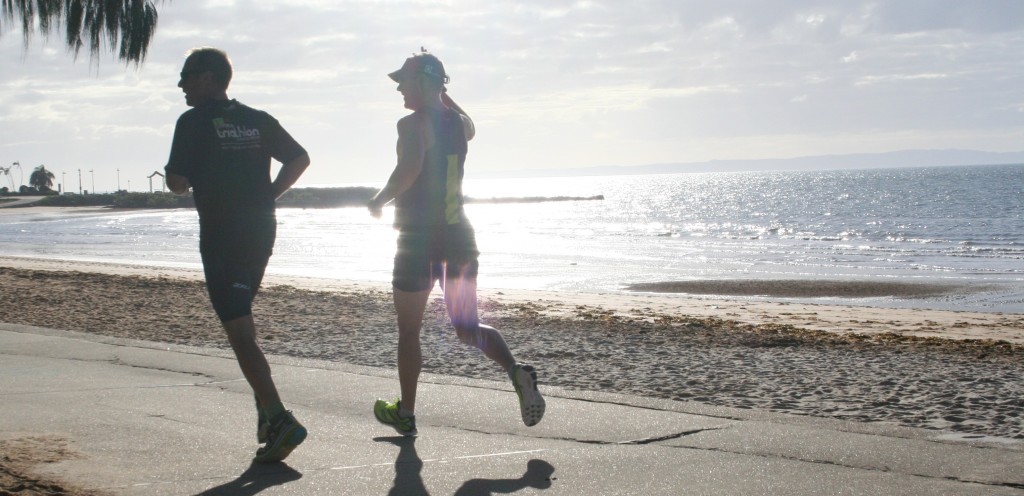 A common pitfall for those new to endurance sports is to constantly train at, or above their intended race pace. The incorrect assumption is that to go faster we need to test that threshold constantly, practice make perfect, right? Nope, wrong.
A common pitfall for those new to endurance sports is to constantly train at, or above their intended race pace. The incorrect assumption is that to go faster we need to test that threshold constantly, practice make perfect, right? Nope, wrong.
Long slow distance (LSD) for bike and run should make up a substantial portion of your total training time, more so for longer events like 70.3 and Ironman, but also for sprint and Olympic distance. LSD builds the base on which we can build strength and speed. It’s the foundation which gives us durability and the aerobic capacity to keep going at the later stages of the race.
The primary benefits of long slow distance are:
- helps to adapt your joints and muscles to give them the endurance for long runs/rides
- improves your cardiovascular system, strengthens the heart and increases the blood supply in the muscles
- enhances your body’s ability to burn fat as a source of energy
- teaches your body to store more energy as glycogen in your muscles
- teaches the body to run/ride efficiently, minimising the energy expenditure needed to move you along
Long slow distance should be done at between 60-70% maximum heart rate. If you feel it’s too easy, go longer, not faster. During the base phases of training, LSD makes up the vast majority of training hours. Speed comes later during the build phases.
During LSD it is important not to overload on carbs. keeping at or below 65grams per hour will ensure your systems will look to your fat stores for fuel.
